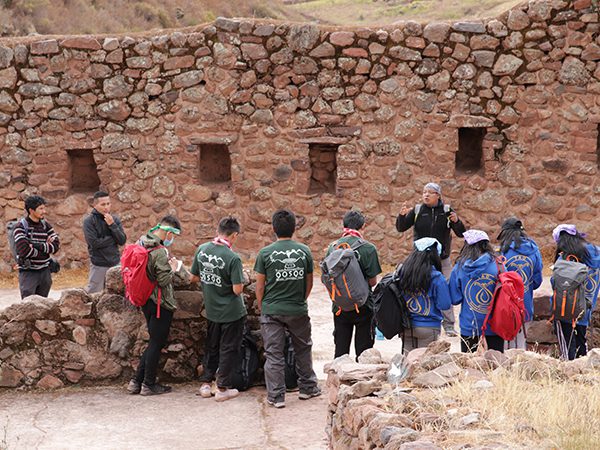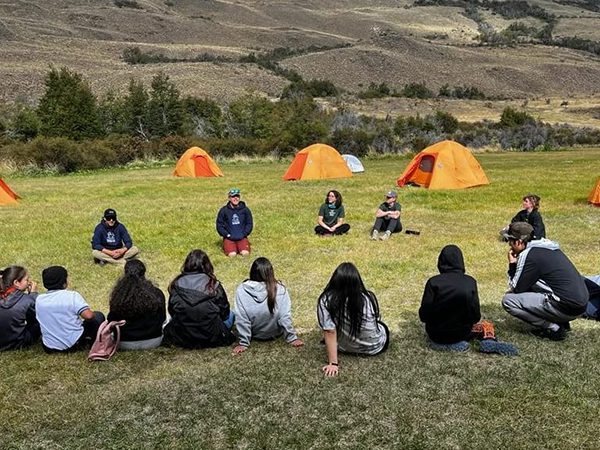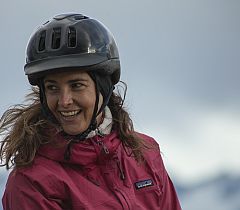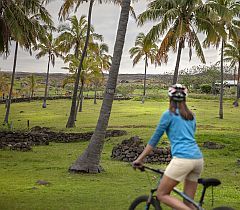Terevaka Archaeological Outreach (TAO): Field Report Program Expansion
Explora was founded more than 30 years ago on the wish to explore some of the most remote places in South America. The places where the company operates are not only far from the urban centers on the continent, but also hide some of the most important cultural riches of the planet.
Along with minimizing the impact of its operations, an important part of Explora’s Sustainability Strategy consists of working with the communities. In this context, one of the most successful projects in recent years has been the Terevaka Archaeological Outreach Program (TAO), developed together with the American archaeologist and Explora Expert Brett Shepardson.
Today we share with you the work and findings of the students.

“The TAO report appears in the new academic publication, the Journal of Polynesian Archaeology and Research. This is the inaugural edition of the journal, published by the University of Hawai’i. However, the journal is actually a continuation of two longstanding publications that merged, namely, the Journal of Hawaiian Archaeology and the Rapa Nui Journal. TAO has always published reports in professional journals to set an example within the academic world: that the communities in which we work play a significant role in learning about our cultural and environmental heritage. We include all TAO students equally as co-authors to further demonstrate that these local communities deserve credit for their hard work in caring for our global heritage. TAO’s mission has always consisted of three parts: education, conservation, and research.

The recent publication illustrates our progress on all three fronts.
1. The fact that students were involved in all aspects of the projects, from design to co-authoring the publication, required them to learn about new technologies, research protocols, and the scientific method. The final product helps show students that they can be part of different research fields and pursue different careers.
2. The diverse project topics, ranging from 3D photography to lichenology, demonstrate our ability to identify key conservation issues in sustainable development that address both cultural and environmental conservation within different regions and cultures.
3. While the research project may not have achieved major discoveries or immediate scientific breakthroughs, the collaborative effort between Explora, TAO, other NGOs, and governmental organizations presents a model rarely found in the sciences, demonstrating the need and potential to make research and research outcomes more accessible to communities throughout South America.”
Brett Shepardson

